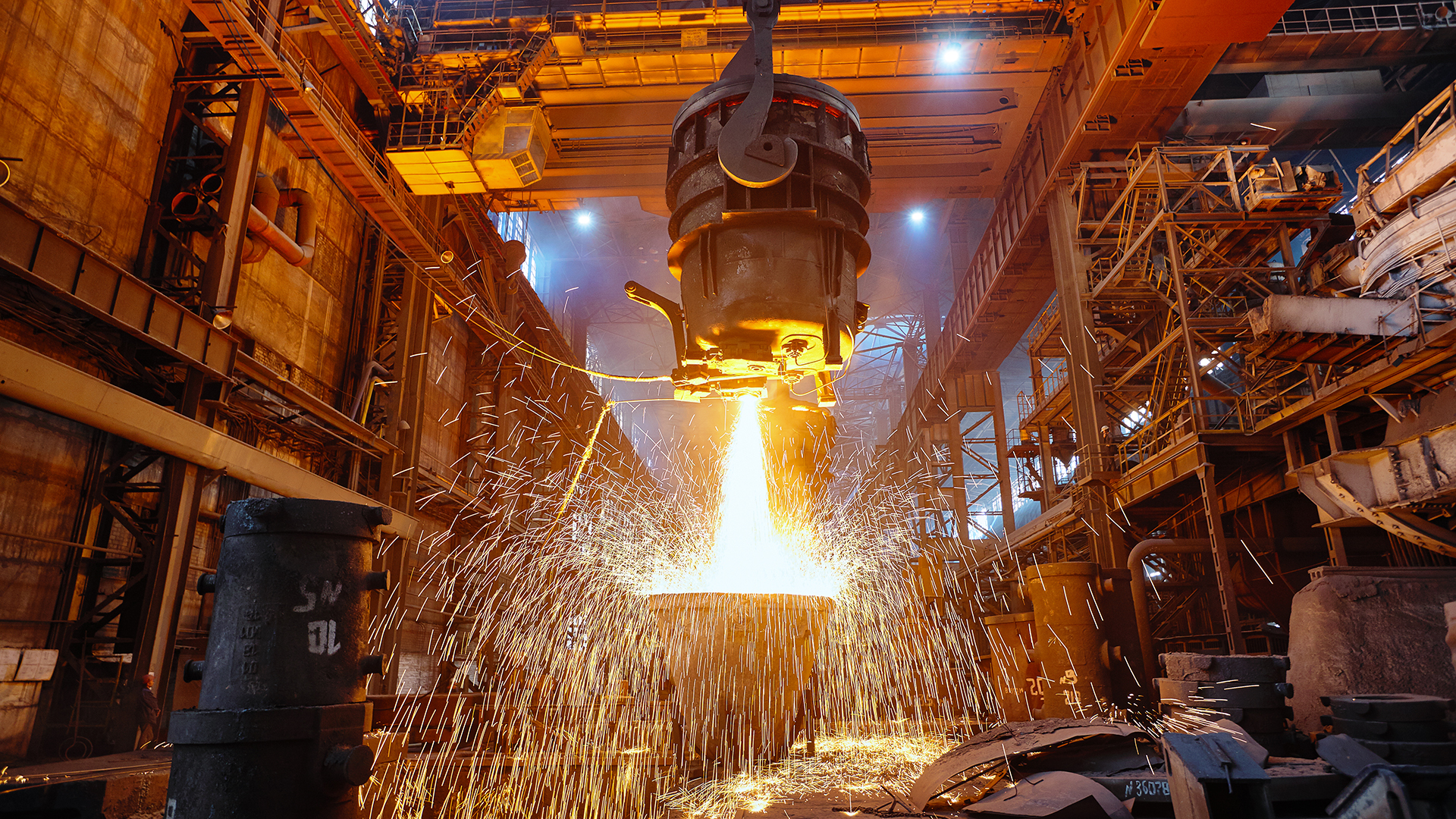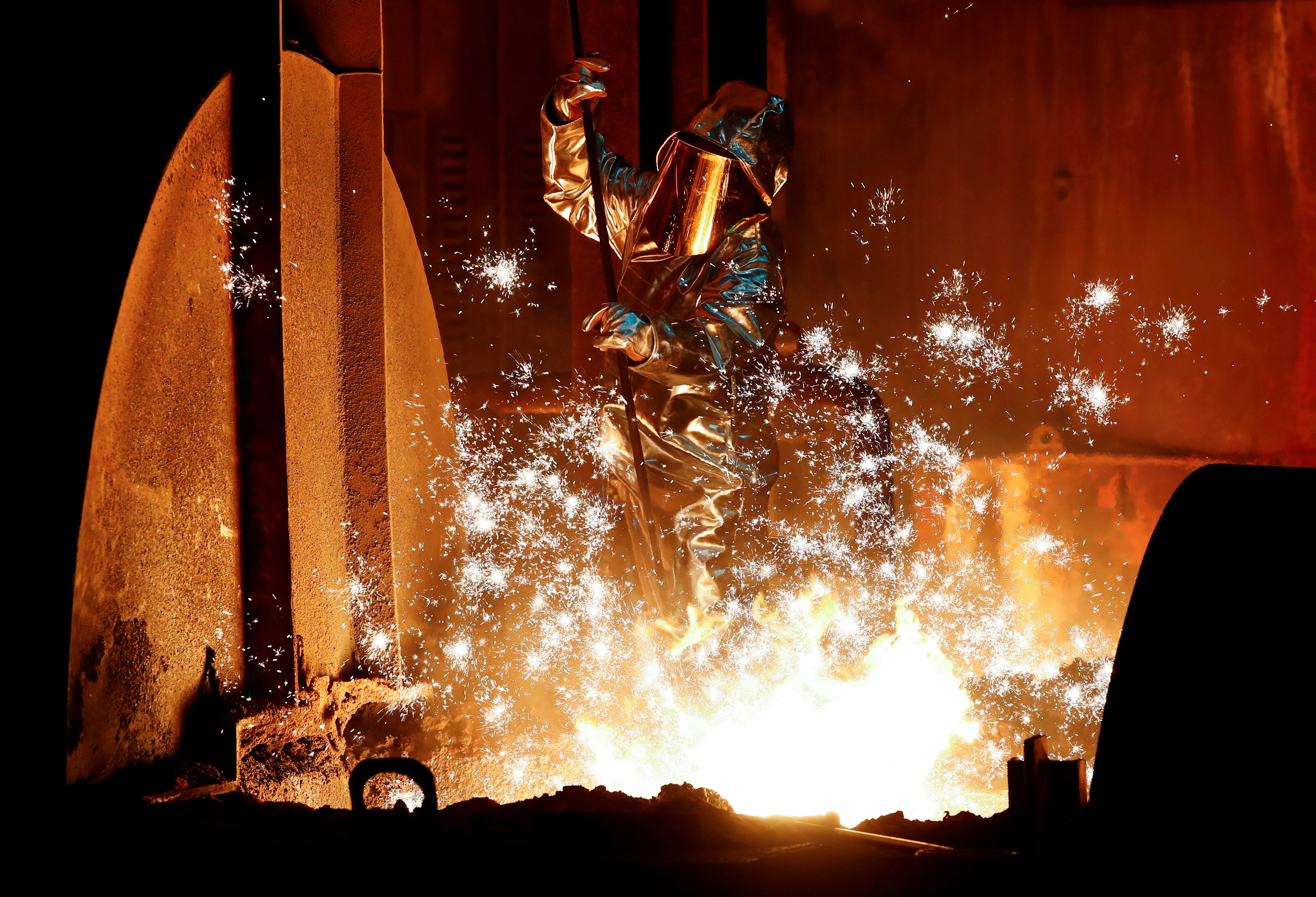Assessing the Carbon Footprint of the EU Steel Industry 2023

Assessing the Carbon Footprint of the EU Steel Industry 2023
In the face of growing global concerns about climate change and environmental sustainability, governments worldwide are taking ambitious steps to reduce carbon emissions across various industries.

The European Union (EU) has been at the forefront of these efforts, implementing stringent regulations and targets to combat climate change. One such industry facing significant challenges in this regard is the steel industry.
This article explores how the government is evaluating the readiness of the steel industry to meet EU carbon rules and discusses the implications of these regulations.
The European Union has set ambitious carbon reduction goals through its European Green Deal and the European Climate Law. Central to these goals is achieving carbon neutrality by 2050, with intermediate targets set for 2030.
These targets are part of a broader strategy to combat climate change, reduce greenhouse gas emissions, and transition to a more sustainable, low-carbon economy.

The steel industry is a major contributor to carbon emissions worldwide. Traditional steel production relies heavily on coal and coke, resulting in substantial emissions of carbon dioxide (CO2) and other greenhouse gases. To align with the EU’s carbon goals, the steel industry must undergo a profound transformation.
- Transition to Green Technologies: One of the key steps in reducing carbon emissions in the steel industry is transitioning from blast furnaces, which rely on carbon-intensive processes, to electric arc furnaces that use electricity as the heat source. These electric arc furnaces can be powered by renewable energy sources, substantially reducing carbon emissions.

- Carbon Capture and Storage (CCS): Implementing carbon capture and storage technologies in steel production facilities can significantly reduce emissions by capturing CO2 emissions before they enter the atmosphere and storing them safely.
- Circular Economy Practices: Recycling and reusing steel can also lower emissions. The steel industry can promote a circular economy by using scrap steel as a primary raw material instead of iron ore, reducing the need for energy-intensive mining and processing.
The government plays a crucial role in assessing the steel industry’s readiness to meet EU carbon rules. This assessment involves several key aspects:
- Regulatory Compliance: The government must ensure that steel producers comply with existing and upcoming EU regulations related to carbon emissions, environmental impact, and sustainability. Stringent monitoring and enforcement of these regulations are essential.
- Financial Support: Governments may provide financial incentives, grants, or subsidies to support the steel industry’s transition to cleaner technologies. This can include funding for research and development, infrastructure upgrades, and investments in sustainable practices.
- Research and Innovation: Collaboration between governments, industry stakeholders, and research institutions is essential for driving innovation in low-carbon steel production technologies. This includes research into more efficient electric arc furnaces, CCS methods, and sustainable materials sourcing.
- International Cooperation: Addressing carbon emissions in the steel industry is a global challenge. Governments can foster international cooperation and agreements to ensure a level playing field for steel producers worldwide. This prevents carbon leakage and ensures that carbon reduction efforts are not undermined by outsourcing production to countries with lax regulations.

Meeting EU carbon rules in the steel industry will have several significant implications:
- Environmental Benefits: Reducing carbon emissions in steel production will contribute to a more sustainable environment by mitigating the industry’s impact on climate change and air quality.
- Economic Opportunities: The transition to low-carbon steel production can create economic opportunities, including job growth in the renewable energy sector and the development of new technologies.
- Market Access: Complying with EU carbon rules will grant steel producers access to the EU market, which is the world’s second-largest steel consumer. Non-compliance could result in trade barriers and economic consequences.
- Global Leadership: As the EU takes a leadership role in carbon reduction efforts, its standards and practices may set a global precedent for sustainable steel production, influencing industry practices worldwide.
The steel industry’s readiness to meet EU carbon rules is a critical factor in achieving the European Union’s ambitious carbon reduction targets.

Governments must collaborate with industry stakeholders, invest in research and innovation, and enforce regulations to facilitate this transition.
Ultimately, the successful transformation of the steel industry will not only reduce its carbon footprint but also serve as a model for other carbon-intensive sectors worldwide, contributing to a more sustainable and environmentally friendly future.




